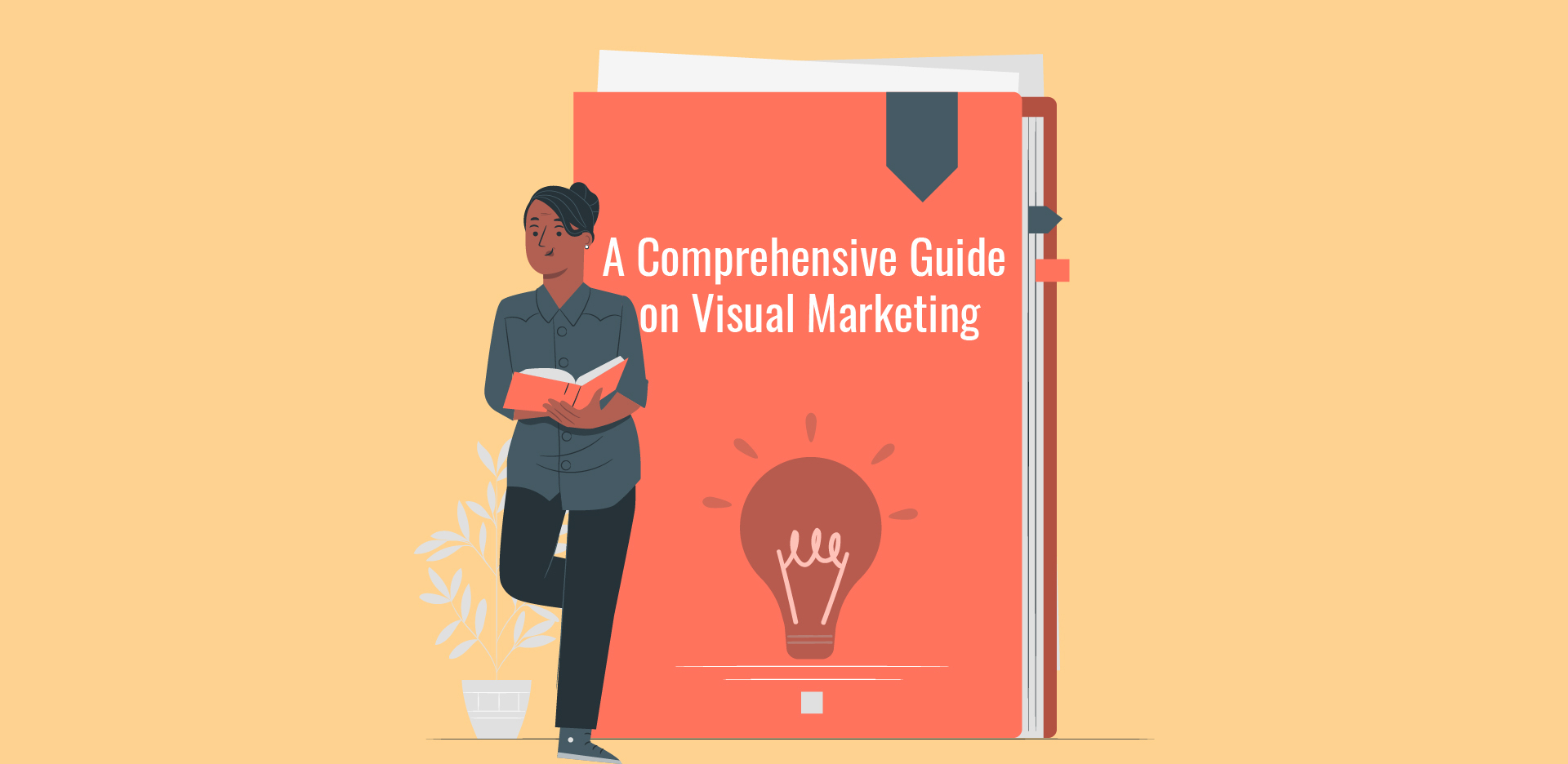
Your white paper must be promoted if you wish to attract readers' attention. A whitepaper can be used to introduce your company or provide information for clients. Here are some tips to help create a top-notch marketing whitepaper. Continue reading to find out more about creating buzz-generating titles and sources for your marketing whitepaper. In no time you will have a better marketing whitepaper.
Constructing a table
A table of contents is an essential part of your marketing whitepaper's overall structure. This can be helpful for your readers to navigate your document and get to the headings or subheadings that interest them. Mobile-friendly tables of contents are important as readers don't want their time wasted reading lengthy documents. Your titles are an important ranking factor. Make sure they are SEO-optimized, relevant, and well-written.
Create buzz-generating titles
A catchy title is one of the best ways you can attract attention to your marketing whitepaper. With the proliferation of marketing white papers on the internet, the title of your document needs to be attention-grabbing and enticing. You need to grab their attention with a catchy title whether you want them to read the entire document or just the summary. It is important to use keywords and industry buzzwords to make your title standout from others.

Including sources in a marketing white paper
Besides the content, a white paper must also include relevant sources. The reference section allows you to include any sources you may have used in support of the claims that you make. Provide details and links to the sources for readers to verify. A marketing whitepaper will be more credible if it includes sources. Learn more about the advantages of including sources into a marketing whitepaper. Here are some examples. Use them to create your own reference section for your marketing white paper.
Incorporate images into a marketing whitepaper
Using images to enhance your marketing white papers is an effective way to generate leads and promote your business. Visuals can not only personalize your message but also help to highlight key concepts. Illustrations, photos and icons can be used to illustrate key concepts. To clarify a topic, you can include a glossary. Besides adding visual appeal, images also improve readability. Below are some suggestions for images to be included in your marketing white paper.
Icons can be used to highlight important points
You can convey your message using icons. If you look at government white papers, the text can be very dense so icons can break up the text. Your marketing white paper layout can include icons to help you punctuate your headers and give your content personality. You can also draw attention to the most important points with a bright palette. However, your white paper must be informative and not entertaining.

FAQ
How can I improve my content-marketing strategy?
Content marketing strategies can be improved by focusing more on the audience, content and distribution. It is important to first identify your ideal customer. This will help you determine where they live online. Once you know this information, you can tailor your content to appeal to them. A second thing you need to do is develop a unique voice that stands out from your competitors. Third, you must figure out how to efficiently distribute your content.
Why do I need a Content Marketing Strategy to succeed? Why not send out emails or share social media updates?
Two main reasons you might choose to ignore a Content Marketing Strategy.
-
You may believe that email marketing or social media posts will be enough to get people talking and sharing your brand's story.
-
You might think that posting on social media or email marketing is impossible if you haven’t tried it.
Both of these assumptions are false.
Email marketing and social networking posts can be great tools for communicating with customers and prospects. But they don't suffice by themselves.
Email campaigns alone will not help you reach your goals. Your email campaign should be part a larger strategy. You can't rely on social media to help you reach your goals. They should be part and parcel of an overall strategy.
This is where your Content Marketing Strategy comes in. You can manage your entire content creation by creating a strategy with clear objectives.
As a consequence, you will be able spend more time on other vital aspects of running your business, such as growing your customer base and increasing conversion rates.
A Content Marketing Strategy is a great tool, but it doesn't necessarily make it easy.
It is important to have a strategy.
What are the benefits of content marketing?
Through the creation of high-quality content, Content Marketing helps to drive sales and leads. Content marketing offers a steady supply of new, original content that can then be used to promote products or services. Content marketing also increases brand awareness and trust among potential clients. Your company's image is enhanced by content marketing.
What is Content marketing?
It involves creating useful and relevant content on your website. This content includes videos, images, text, infographics, etc., and it helps you attract new customers and keep existing ones engaged.
Why Content Marketing?
According to HubSpot, "The average person spends nearly two hours each day consuming some form of content--on social media, in their newsfeeds, while watching TV, reading magazines, browsing websites, listening to podcasts, and more. That's a lot to spend time with content!
Are there any restrictions on linking to content from other websites?
Yes! This is called link building. It is a great way of increasing traffic to your website by linking back to other sites' content. However, be sure only to include links to reputable sources.
Is Content Marketing right for me?
Absolutely! It works for all types of businesses. Content marketing is great for any business, no matter if you are selling products or services, providing support or training. It allows customers to learn more about your company and keep in touch.
Statistics
- Forty-seven percent of buyers view 3 to 5 pieces of content before engaging with a sales representative. (mailchimp.com)
- Content marketing produces 3X more leads per dollar spent. Content marketing costs 62% less than traditional marketing. (criteo.com)
- Out of the 1,500 marketers we surveyed for our State of Content Marketing report, 78% who felt their content marketing strategy was exceptionally effective in 2021 had documented their strategy. (semrush.com)
- Companies that use content marketing see approximately 30% higher growth rates than businesses not using it. (mailchimp.com)
- Measure your goals with a progress indicator of 0-100%. Make your goals collaborative and transparent (semrush.com)
- According to the Content Marketing Institute, 70% of B2B marketers and 86% of B2C marketers surveyed use content marketing in some form or other. (criteo.com)
- We found that 40% of businesses don't have a documented strategy yet. (semrush.com)
- To further show the importance of this, 89% of people have stopped doing business with a company because of a poor experience. (neilpatel.com)
External Links
How To
How do I create a content-marketing strategy?
The first step in creating content for your clients is to define what kind of content. Once you have this information, you can start creating content. This may involve creating an editorial schedule and planning where these pieces will come. Content should always serve a purpose. It doesn't really matter what content you're using, whether it's blog posts or social media updates. But they all should have a single purpose.
Once you've decided on the type of content that you want to create, it's time to determine who your target audience is. So who are they interested in, and why would they care about whatever you're offering them?
The next step is to identify your target markets and find ways to connect with them. Although social media platforms can be a great way of connecting with people, there are many other options, including videos, podcasts, webinars and webinars.
After you have determined how you will communicate to your market, the next step in your content creation process is to choose what topics and types of information you want. This is how you will determine the reason for writing the content. What problem is it solving? Does it help? Will it make their life easier?
You now know what content you like to write. Now it's time for you to decide what you want. Are you looking to share information in your industry? On current events? On specific products and services? This is your focus.
Finally, once you've answered those questions, it's time to combine everything into one complete package.
You want to ensure that every piece of content you create serves its purpose. You don't want anyone to waste their time or energy so make sure you build quality into all aspects of your content.
A great content marketing strategy is not complete without many moving parts.